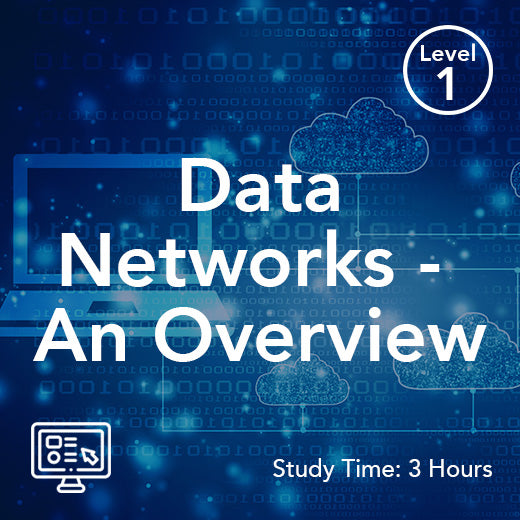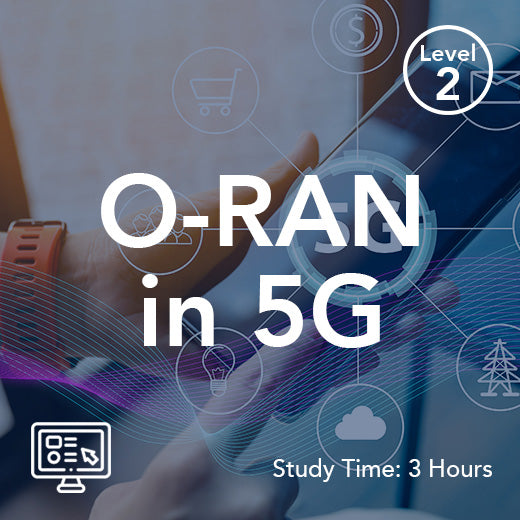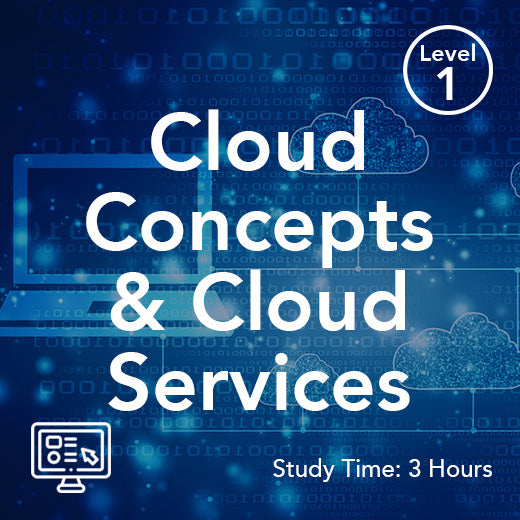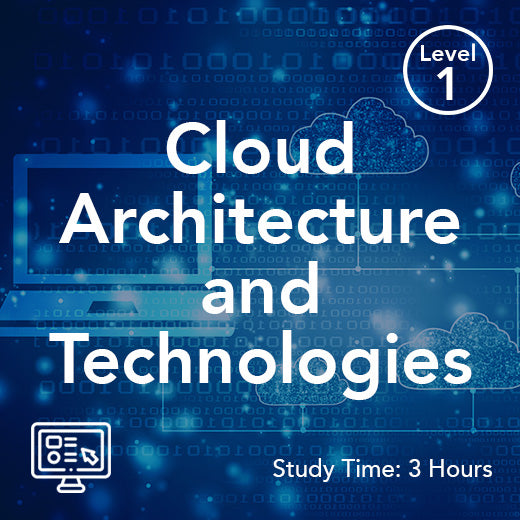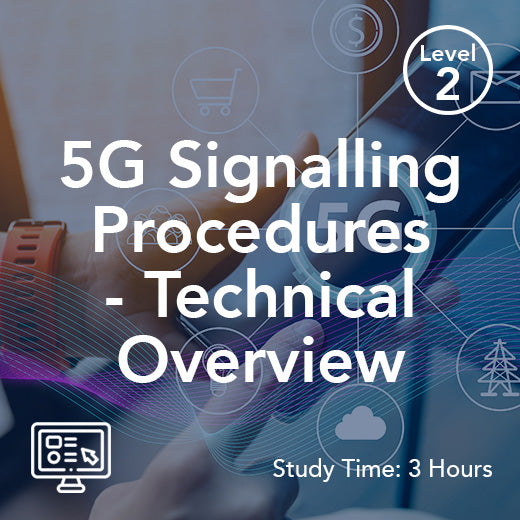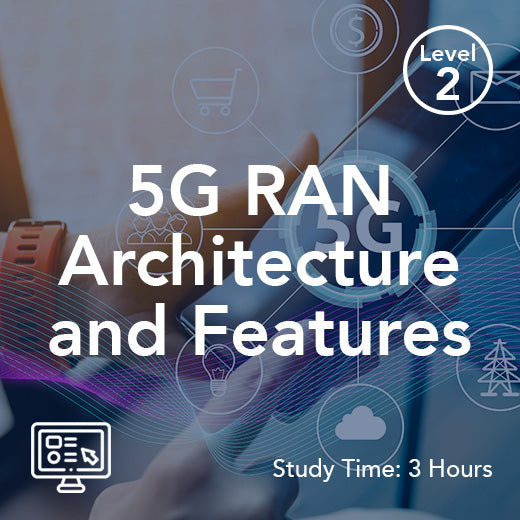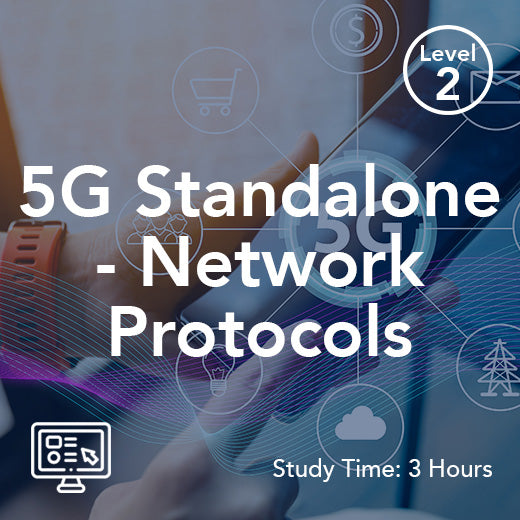Ecgi E Utran Hücre Küresel Tanımlayıcısı
- , by Stephanie Burrell
- 2 min reading time
ECGI veya E-UTRAN Hücre Küresel Tanımlayıcısı, özellikle LTE (Uzun Vadeli Evrim) ağları bağlamında, telekomünikasyon ağlarının işleyişinde önemli bir rol oynar. Bu tanımlayıcı, E-UTRAN (Gelişmiş Evrensel Karasal Radyo Erişim Ağı) altyapısındaki hücreleri benzersiz bir şekilde tanımlamak ve mobil cihazlar ile ağ arasında verimli iletişim sağlamak için kullanılır.
Telekomünikasyon alanında ECGI, kesintisiz bağlantı ve iletişimi mümkün kılan temel bir yapı taşı görevi görmektedir. Mobil ağlar gelişip yaygınlaştıkça, optimum ağ performansı ve kullanıcı deneyimi sağlamak için hassas hücre tanımlama ihtiyacı giderek daha da önem kazanmaktadır.
ECGI, iki bölümden oluşan 28 bitlik bir tanımlayıcıdır: PLMN (Kamu Kara Mobil Ağı) Kimliği ve ECI (E-UTRAN Hücre Kimliği). PLMN Kimliği, hücrenin ait olduğu Kamu Kara Mobil Ağını benzersiz bir şekilde tanımlarken, ECI ağ içindeki her hücreyi ayırt eder. Bu bileşenler birlikte, E-UTRAN altyapısındaki her hücre için küresel olarak benzersiz bir tanımlayıcı oluşturur.
ECGI tarafından sağlanan bu ayrıntı düzeyi, devretme prosedürleri, hücre seçimi ve mobilite yönetimi de dahil olmak üzere çeşitli ağ yönetim işlevleri için olmazsa olmazdır. Ağ içindeki hücreleri doğru bir şekilde tanımlayarak, mobil cihazlar sinyal gücü, kalitesi ve kapasitesi gibi faktörlere göre en uygun hücreye verimli bir şekilde bağlanabilir ve böylece sorunsuz bir kullanıcı deneyimi sağlar.
Mobil operatörler için ECGI, ağ optimizasyonu ve kaynak tahsisinde kritik bir rol oynar. Operatörler, her hücreyi benzersiz bir şekilde tanımlayarak ağ performansını izleyebilir ve yönetebilir, kaynakları etkin bir şekilde tahsis edebilir ve sorunları verimli bir şekilde giderebilir. Bu ayrıntı düzeyi, operatörlerin ağ kapasitesini ve performansını en üst düzeye çıkarırken müşterilerine yüksek kaliteli hizmetler sunmalarını sağlar.
ECGI, teknik öneminin yanı sıra düzenleyici ve uyumluluk amaçları açısından da önemli etkilere sahiptir. Düzenleyiciler, her hücre için benzersiz bir tanımlayıcı sağlayarak, spektrum lisans anlaşmalarına, hizmet kalitesi gerekliliklerine ve diğer düzenleyici yükümlülüklere uyumu izleyebilir ve uygulayabilirler. Dolayısıyla ECGI, mobil operatörlerin düzenleyici çerçeveler ve standartlar dahilinde faaliyet göstermesini sağlamak için önemli bir araç görevi görür.
Kullanıcı açısından bakıldığında, ECGI perde arkasında çalışarak sorunsuz bağlantı ve iletişimi sessizce kolaylaştırır. Çoğu mobil kullanıcı ECGI'nin varlığından haberdar olmasa da, etkisi güvenilir ağ kapsama alanı, yüksek veri hızları ve kesintisiz iletişim hizmetleri şeklinde hissedilir. İster telefon görüşmesi yapın, ister kısa mesaj gönderin veya video akışı gerçekleştirin, ECGI arka planda yorulmadan çalışarak sorunsuz ve tutarlı bir kullanıcı deneyimi sağlar.
Sonuç olarak, ECGI, E-UTRAN altyapısındaki her hücre için benzersiz bir tanımlayıcı sağlayarak modern telekomünikasyon ağlarının temel bir unsurudur. Bu tanımlayıcı, ağ optimizasyonu, kaynak tahsisi, yasal düzenlemelere uyum ve kullanıcı deneyiminde önemli bir rol oynar ve sürekli gelişen mobil iletişim dünyasındaki önemini vurgular. Mobil ağlar gelişmeye ve değişen kullanıcı taleplerine uyum sağlamaya devam ettikçe, ECGI, kullanıcıların günümüz dijital çağında beklediği kesintisiz bağlantı ve iletişimin temelini oluşturan hayati bir bileşen olmaya devam edecektir.














